 Mysteries
Mysteries  Mysteries
Mysteries  Creepy
Creepy 10 Scary Tales from the Middle Ages That’ll Keep You up at Night
 Humans
Humans 10 One-of-a-kind People the World Said Goodbye to in July 2024
 Movies and TV
Movies and TV 10 Holiday Movies Released at Odd Times of the Year
 Politics
Politics 10 Countries Where Religion and Politics Are Inseparable
 Weird Stuff
Weird Stuff 10 Freaky Times When Famous Body Parts Were Stolen
 Miscellaneous
Miscellaneous 10 Interesting Things Manufacturers Stopped Making and Why
 Gaming
Gaming 10 Funny Tutorials in Games
 History
History 10 Fascinating Little-Known Events in Mexican History
 Facts
Facts 10 Things You May Not Know about the Statue of Liberty
 Mysteries
Mysteries 10 Devastating Missing Child Cases That Remain Unsolved
 Creepy
Creepy 10 Scary Tales from the Middle Ages That’ll Keep You up at Night
 Humans
Humans 10 One-of-a-kind People the World Said Goodbye to in July 2024
Who's Behind Listverse?

Jamie Frater
Head Editor
Jamie founded Listverse due to an insatiable desire to share fascinating, obscure, and bizarre facts. He has been a guest speaker on numerous national radio and television stations and is a five time published author.
More About Us Movies and TV
Movies and TV 10 Holiday Movies Released at Odd Times of the Year
 Politics
Politics 10 Countries Where Religion and Politics Are Inseparable
 Weird Stuff
Weird Stuff 10 Freaky Times When Famous Body Parts Were Stolen
 Miscellaneous
Miscellaneous 10 Interesting Things Manufacturers Stopped Making and Why
 Gaming
Gaming 10 Funny Tutorials in Games
 History
History 10 Fascinating Little-Known Events in Mexican History
 Facts
Facts 10 Things You May Not Know about the Statue of Liberty
9 Mysteries Of Evolution
This list is not about refuting evolution, natural selection or any of the related concepts. It does not promote intelligent design or any of the tenets of Creationism or like-minded theories. This is all about questioning principles or assumptions about evolution and giving examples of questions that haven’t yet been answered.
9The Counterproductivity of Being Bicellular
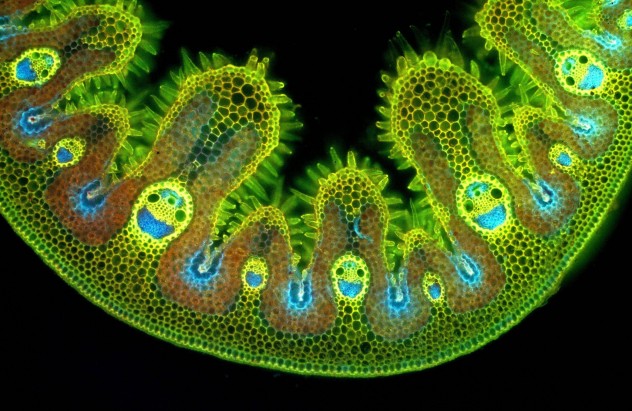
At some point in the development of organisms, the step to multi-celled organisms was inevitable. The problem with this notion is the fact that a bi-cellular organism is terribly adapted to multiply and thus is less likely to succeed in keeping the genetic line alive. The lack of surface area makes it less able to perform osmosis than the unicellular competition (especially if the two cells are conjoined through anomalous reproduction from a one-celled parent), resources used to move are greater, and specialization is not yet possible.
This is especially harmful to Margulis’s Theory, currently the most popular assumption of how complex cells were developed by a process of different organisms entering the cell structure. For example, how could two different mitochondria with the same DNA encoding go into two separate but connected cells or how could one effectively serve for two in a way that would make it leave viable descendants? It should be noted that bicellular beings are hardly the norm today, so if there is an advantage to this type of bodily design, it does not seem applicable to nature any longer.
8Steps in Evolution Often Require Cross Purposes
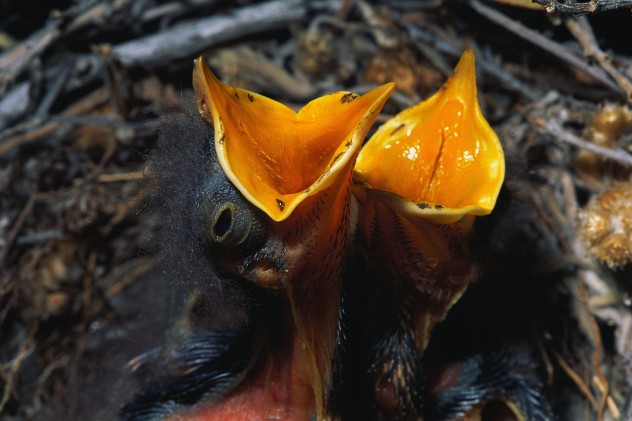
Often the development through trial and error of aspects of an organism are portrayed as gradual increases of a beneficial mutation. For example in The God Delusion, Richard Dawkins posits that wings could have evolved gradually into partial wings allowing animals to glide to the ground versus fatally plummeting, and thus the modification would have descended as those with the mutation survived to reproduce.
The issue here is that it’s not that simple. Certain components needed for a species to be able to evolve to have a new ability do not allow for partial mutations without providing a liability to survival instead of an asset.
Take for example the archaeopteryx, one of the transitional creatures between dinosaurs and birds. For it to be able to fly like a bird, just growing wings and changing its scales weren’t enough. It needed to lose much of its bone marrow to do so. So forget the notion put forth by Dawkins that it would gain the advantage of being able to glide from a tree instead of fall, the real issue would be that it would develop anemia and/or Shwachman-Diamond syndrome in the generations before it could develop the ability to fly.
7How Did the Cicada Cycles Evolve?
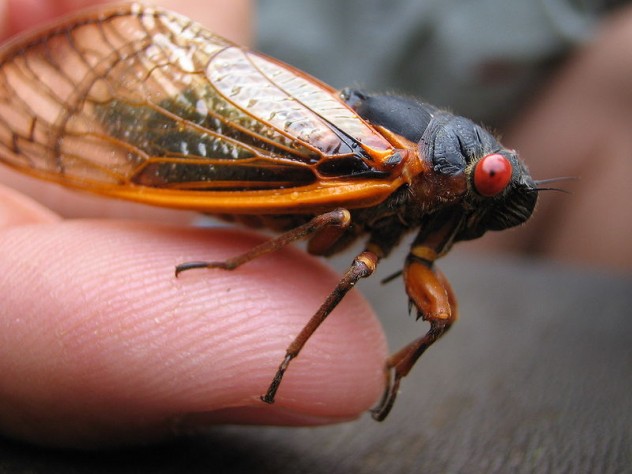
In 2013, the Eastern USA was gripped with anticipation of the return of the cicada population en masse as they did every seventeen years. Unbeknown to most, it was an evolutionary puzzle that had been puzzling the science community for some time as to how cicadas had evolved such a precise, prolonged pattern of re-emergence. Additionally, as NBC reported in 2004, these creatures are very poorly designed for survival and rely on a method called “predator satiation” where there are just so many cicadas that the predators would quickly be full, leaving most of the swarm to mate in safety. This clearly would not work while the species was still evolving.
6Why Did Human Ancestors Leave Africa?
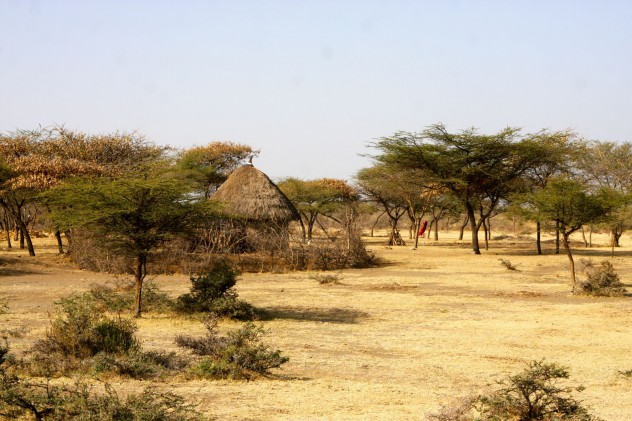
Approximately 50,000 years ago (though approximate dates are still widely debated), human ancestors began to leave the African continent, an act which required a lot of labor and risk for little conceivable reward (especially considering humans were already living right at sustenance level). The continent certainly wasn’t becoming overcrowded, and migrating meant unfamiliar diseases, climates, predators and other hardships. The more compelling reasons, such as possible climate change or outbreaks of disease such as malaria wouldn’t become a factor for 40,000 years before the earliest estimates. So what would have motivated such an act?
5Australopithecus Sediba is an Anti-“Missing Link”
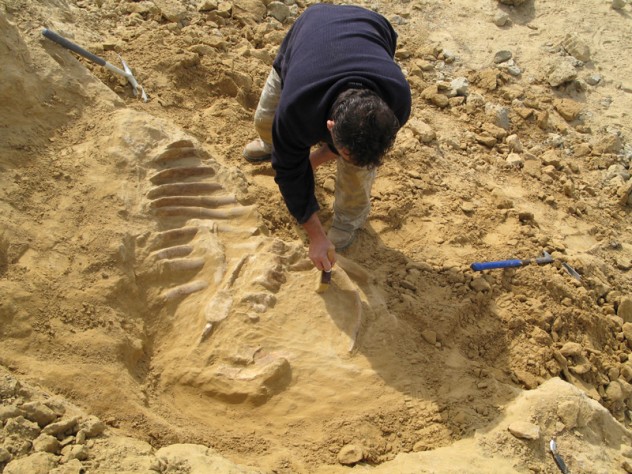
In 2008, a fossil was found in South Africa that primarily serves to give evolutionary biologists headaches. It’s a mishmash of both sides of the ape/hominid divide which raises speculation on how and where said divide should fall. For example, this fossil was described as having feet that had developed like an ape’s but knees that were more human in nature, which must have resulted in a very unusual walking pattern. As of 2013, the fossil was still being analyzed, and it is unclear if the creature is even directly part of the human ancestry or a long-extinct and unrelated creature.
4Why Did Whales Evolve the Way They Did?
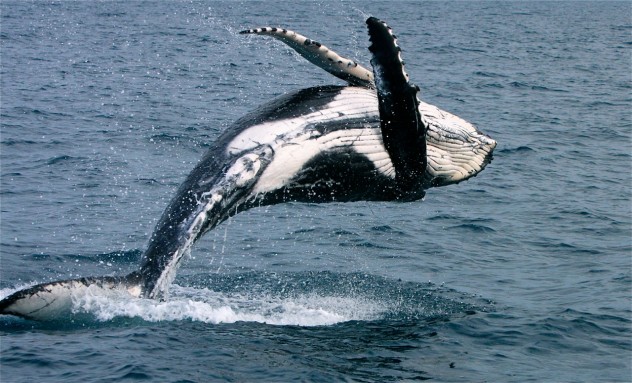
You might have heard the surprising fact that the skeleton and ancestry of whales is more closely related to cows than to dolphins. As it happens, this hints at the more bizarre issue of how and why the ancient land-based creature with those bone structures decided to go swimming (and never stop) in the first place. There have been some candidates for the job of Common Ancestor to Cows and Whales, but this creature’s motivation for deciding it was sick of walking remains unclear.
3The Evolution of the Human Female Orgasm

Although the rest of this sentence seems like a setup for a joke, the reason why human females have orgasms has been intensely debated by the scientific community for some time (with many competing theories). There are a number of primate species in human ancestry that don’t have orgasms, and even in humans the clitoris is not positioned in a location where penetration is necessary for stimulus or where virility would be relevant. In fact, during the 1970’s, there was a widely held belief that female orgasms were less an evolutionary necessity than a fortuitous accident of the genders evolving together.
2How/Why Was Corn Genetically Engineered?

In his book At Home, Bill Bryson lays out the very curious fact that the history of a plant that provides 21% of the world’s sustenance is shrouded in mystery. Corn, as it was first developed in Mesoamerica, comes from the plant teosinte, a plant very deficient in nutrients compared to corn and thus terrible for cultivation. The muddled parentage of corn was only discovered during the 1930’s as a result of work by Dr. George W. Beadle, and motives and technique for converting such a useless natural plant into such an invaluable artificial one remains mysterious.
1How did Human Speech Evolve?

The issue of how humans became capable of so much communication through our mouths has led evolutionary biologists in some odd directions. In 2012, for example, Discovery magazine reported that the tendencies of chimpanzees to flap gums were a sort of precursor, while also stating that the true key to human speech and inflection is actually in the larynx. In 2013 it was reported that an ape called the gelada did a sort of gurgling howl that might have been important, but the gelada is a relative of the baboon and does not have a direct ancestry with humans. Researchers from MIT and Tokyo University speculated that imitation of birdsong was part of what started the behavior, though evidence as to when in the course of human evolution this would have happened remained — as so much of our mysterious past — unclear.
Dustin Koski is the author of the Six Dances to End the World, which clearly was not the result of intelligent design.








